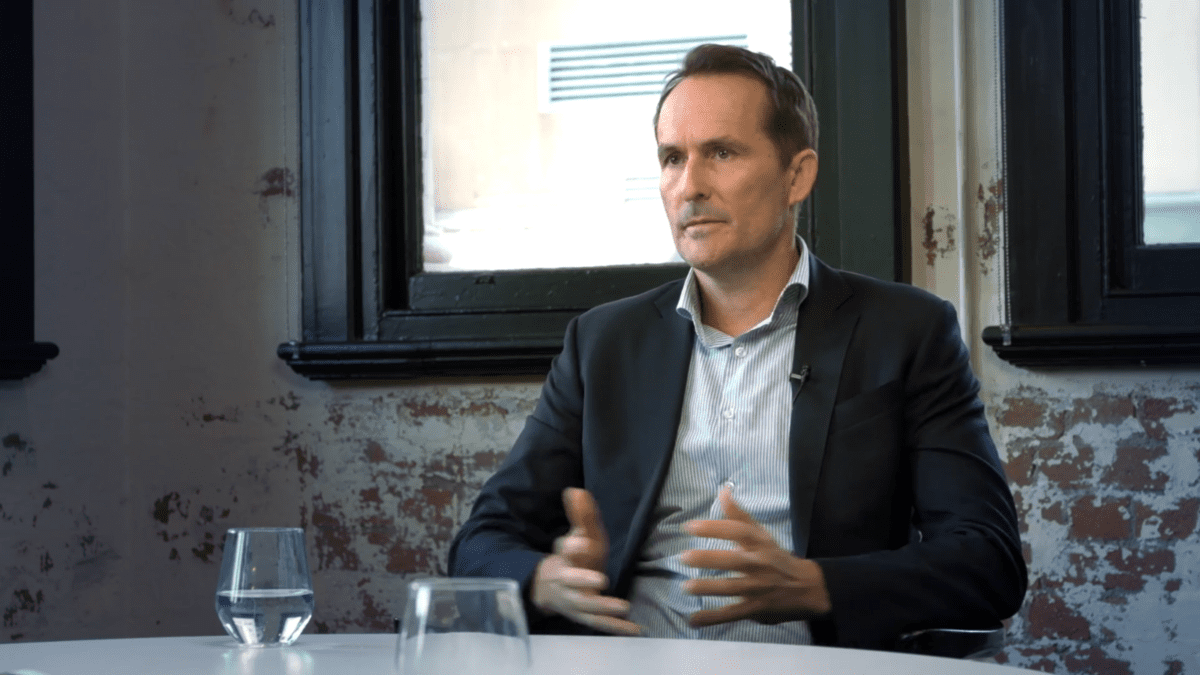Decarbonisation push boosts infrastructure outlook – but correlations matter
As uncertainty continues its reign over financial markets, correlation has become an increasingly important aspect of portfolio construction. According to AMP Capital’s John Julian and Talaria Capital’s Chad Padowitz, investors seeking infrastructure exposure in this environment can take advantage of real-asset exposure and put options to reap income without relying on dividends.
Speaking at The Inside Network’s Growth Symposium in Sydney, Julian – investment director and manager of the AMP Capital Core Infrastructure Fund – said the global push to net zero has created infrastructure opportunities that will define the investment landscape for the long term, even as volatility and uncertainty become more entrenched.
“We’re facing a world of increased uncertainty characterised by high inflation, increasing interest rates, reduced prospects of economic growth, heightened geopolitical tensions and the risk of recession, and just recently we’ve seen a number of challenges and indeed failures in the banking sector,” Julian said.
Against that backdrop, he said, two infrastructure growth themes will “play out for decades to come, regardless of economic conditions”, creating huge opportunities for infrastructure investors. The themes are the decarbonisation of society and the emergence of new technologies to support that transition and enhance the operational efficiency of existing infrastructure assets.
“Both themes are often highly complementary and work in a virtuous circle of continuous improvement,” Julian said.
Electricity demand to drive growth
Global emissions of carbon dioxide reached their highest-ever level in 2021. With electricity generation and transport making up 40 per cent of total emissions, there is a strong focus on transforming those sectors, according to Julian. “Both sectors are extremely infrastructure-intensive and will require very high levels of capital investment to transform.”
Decarbonisation is being driven in large part by commitments countries have made under the Paris Agreement, as well as more aggressive, albeit non-binding, commitments many have made for 2050 net-zero emissions targets. “To give an idea of the scale of investment required to meet those targets, US$1.4 trillion was invested in clean-energy developments in calendar year 2022,” Julian said.
And the International Energy Agency has forecast that annual spend needs to increase to about $3.4 trillion through 2030 to meet Paris Agreement commitments, so the rate of financial commitment will need to speed up in the near term.
“Given the fact these are government commitments, high levels of investment should continue irrespective of economic conditions at the time,” Julian said. “Vast amounts of money will be invested annually in renewable energy in the areas of generation, storage and transmission.”
He noted that world demand for electricity generation is expected to increase by 21 per cent by 2030, driven by the update of electric vehicles (EVs) in advanced economies and by population growth and rising demand for colling in emerging and developing countries.
“At the same time, we’re seeing a trend where fossil fuel generation has levelled out and indeed is now falling. Going forward, the world will be looking to renewables to provide a significant amount of its energy requirements. And that will provide opportunities for infrastructure investors.”
Put options for uncorrelated returns
Speaking about the changing economic environment, Talaria chief investment officer Padowitz stressed that the market disruptions put a greater importance on correlation among assets as rising interest rates hit different sectors on different timelines.
“While the future is exciting, we’ve got to be cognisant that the world we live in today is arguably one of the most challenging we’ve had for many years,” Padowitz said, with the recent ructions in the banking sector just adding to the uncertainty.
“These things are not just happening out of the blue: we are in a more challenging environment,” he said.
“We have entered into a new regime of higher interest rates attacking inflation that was supposed to be non-existent and transitory. This creates challenging environments for equity markets, which makes capital gains harder to achieve. And it means uncorrelated returns are potentially more valuable now than they have been for quite some time.”
In this environment, Padowitz recommended a strategy of using cashback put options to access equities as an “uncorrelated engine of return that generates income”.
Essentially, the strategy involves agreeing to buy companies and getting paid for taking that risk, he said, noting that put options are not linked to the equity market and not dependent on company earnings. “You can get paid for agreeing to buy shares, and it’s negatively correlated.
“A process that always pays you for risk is a very good process over time. We look at where there are gaps between the fundamental value and what the market volatility is, and that is often a great opportunity.”
At bottom, Chadowitz said, an important goal in drawn-out uncertainty is simply not to lose money, which involves having less balance sheet risk and identifying better-quality companies with higher earnings and cash flow and good valuations.
“But the key thing is more income, because capital gains valuations are not that attractive,” he said. “Income always matters. It’s not the only thing, and it’s not always the best thing, but it certainly always matters.”









